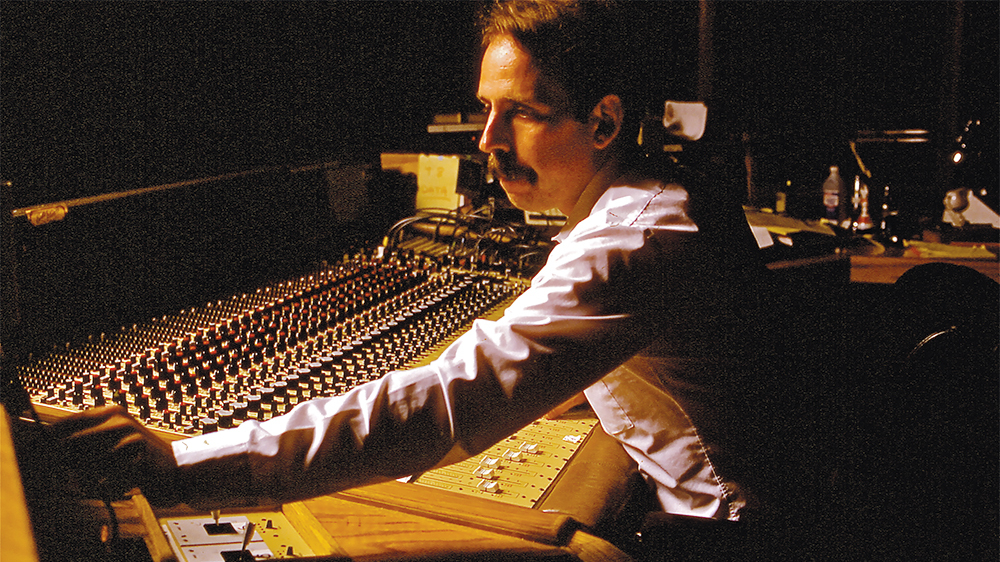
I’ll bet you thought that when the two sides clashing in Mel Gibson’s movie “Braveheart,” or the sound of jet fighters blasting away in the sky came from, well, the two sides clashing and the sound of jet fighters blasting. This may have been the case in 1927 when Al Jolson starred, singing away in “The Jazz Singer,” a microphone either attached to his jacket or held aloft a couple of feet over his head. But now sound, which the folks in “Making Waves” indicates, counts for fifty percent of the emotional content of a movie. We hear often that movies are a visual medium, but that axiom appears to ignore that without sound, we’d be back in the days of silent movies, which depended almost exclusively on visuals including those squiggly words we relied on. How could you get excitement from a movie dealing with World War I, made in 1917, when you don’t hear the rat-tat-tat of the trenches?
Take a look at some of the blockbuster movies of the last ten years, no even father back, and you’ll notice the names of a few principal actors, some performers with secondary roles, and then a slew of names of the crew that sometimes goes well over one hundred. Sound and sound editors, Foley, these are people behind the scenes who are recognized only at awards time. When you hear their names mentioned during Oscar celebrations, you probably think they constitute nothing but filler until the hosts get with the real awards. Without their fifteen minutes of fame on the stage, nobody outside the profession had ever heard of them, yet directors depend on them to follow their instructions. They are indispensable, having far more technical knowhow about sound than those in the director’s seat.
This brings us to “Making Waves: The Art of Cinematic Sound,” which is not only an education but quite an entertaining one. Don’t worry: there will not be a quiz on the technical details you see, unless you are taking courses in Film, a major that is growing in popularity these days.
Probably most of us had never seen a silent movie which is not really silent but whose sound comes from actual orchestras inside the theaters, even sound effects that are made to order right on the premises and which, after the run of the movie is over, disappear into the next film. To record dialogue from such characters as King Kong, the sound people did not record ape sounds but synthesized the vocals by recording an assortment of zoo animals. “Star Wars” has awesome sound, no matter whether films like these are within your own taste in movies. Ben Burtt got tapped for the sound job because the master, Walter Murch, was unavailable. Stereo sound is what helped to make the movie “The Beatles” as great as it is.
“Apocalypse Now” emerges as the film whose sound easily accounts for fifty percent of the excitement. Guns, planes, soldiers marching, all get their sound not from themselves but from the volume created by the sound people. Summing: this film is combines entertainment with enlightenment so well that one hopes that people from other branches of the industry will share their expertise with us. Maybe we will finally find out what the Best Boy and the Gaffer really do.
94 minutes. © 2019 by Harvey Karten, Member, New York Film Critics Online
MAKING WAVES: The Art of Cinematic Sound
Cinetic Media
Reviewed for Shockya.com & BigAppleReviews.net linked from Rotten Tomatoes by: Harvey Karten
Director: Midge Costin
Screenwriter: Bobette Buster
Cast: Walter Murch, Ben Burtt, Gary Rydstrom, Murray Spivak, Francis Ford Coppola, George Lucas, Steven Spielberg, Ang Lee, Sofia Coppola, Ryan Coogler
Screened at: Critics’ DVD, NYC, 12/1/19
Opens: October 25, 2019
Story – B+
Acting – B
Technical – A-
Overall – B+
